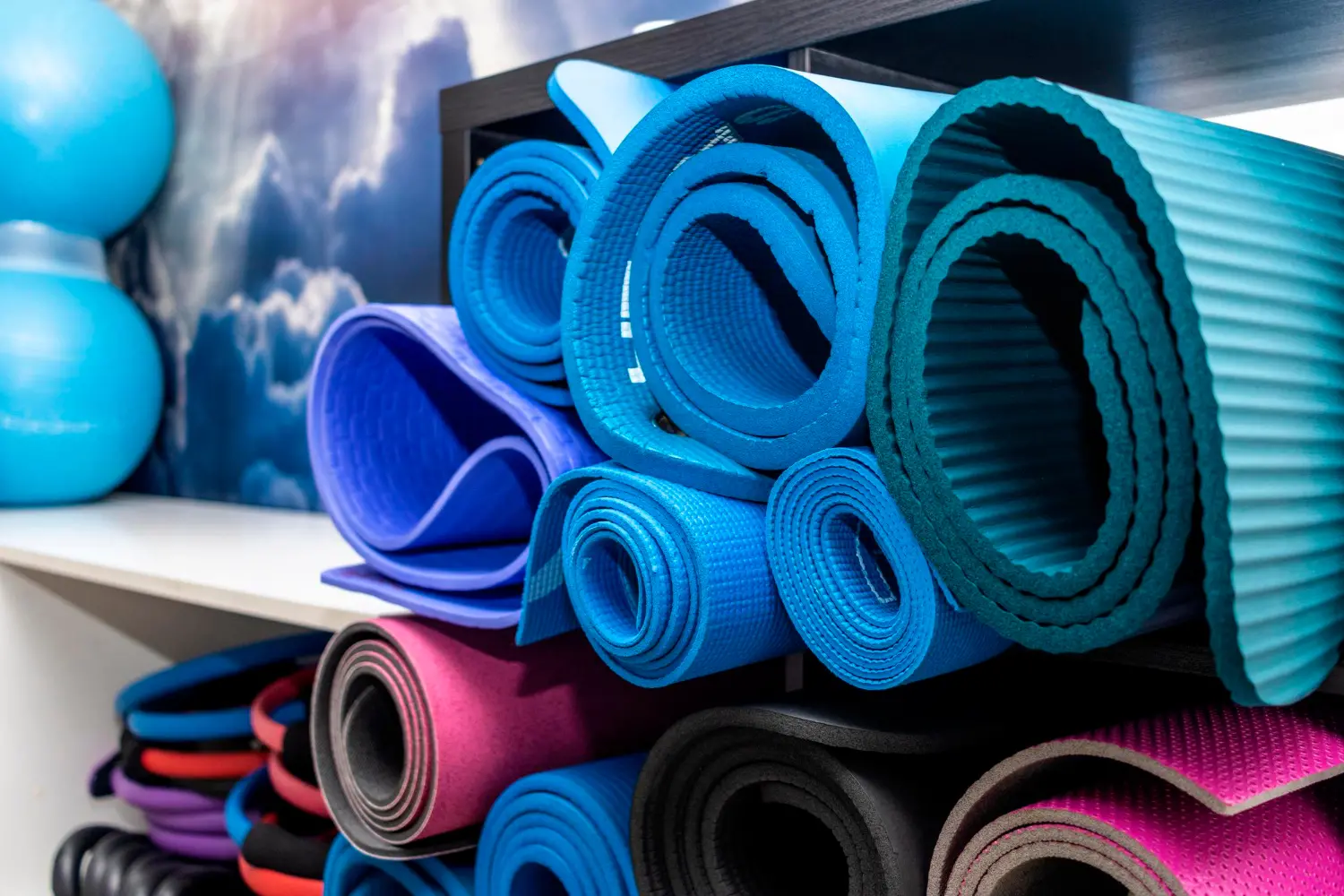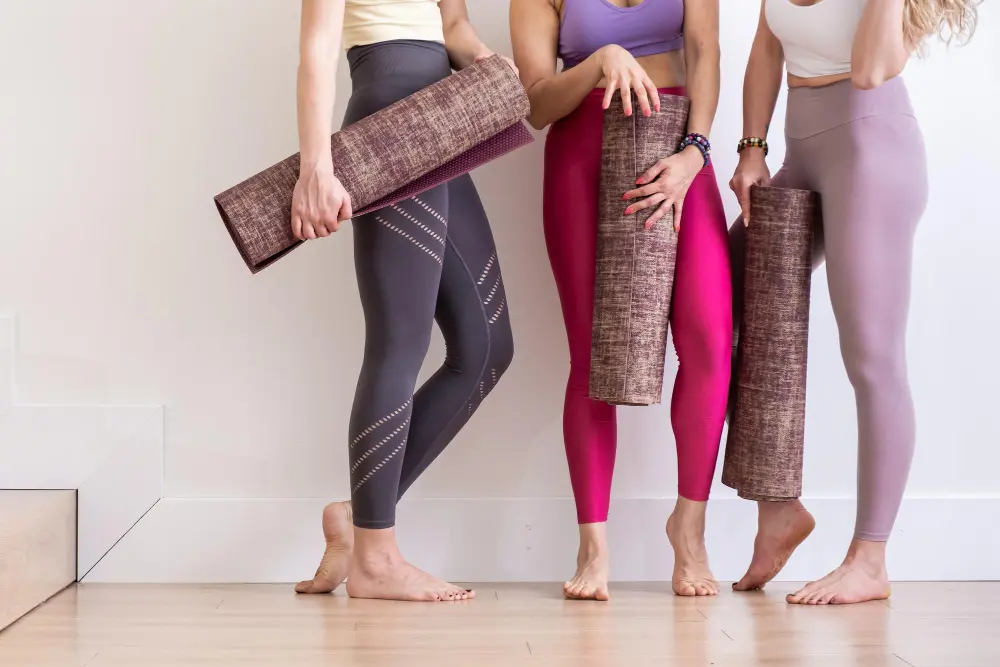The Ultimate Yoga Mat Material Guide: Comparing 5 Top Fabrics
Finding the perfect yoga mat can be challenging, especially with so many materials available. In this guide, we’ll compare the top 5 yoga mat materials, discussing their unique features, benefits, and drawbacks to help you make an informed decision for your yoga practice.
1. Introduction to Yoga Mat Materials
Yoga has become increasingly popular in recent years, and having the right yoga mat can make all the difference in your practice. With various materials available, it’s essential to understand the key differences to choose the perfect mat. In this guide, we’ll explore five popular yoga mat materials and their unique features, benefits, and drawbacks.
2. Thermoplastic Elastomer (TPE) Yoga Mats
TPE is an eco-friendly material, known for its excellent grip, lightweight nature, and recyclability. It’s a popular choice for yoga practitioners who prioritize sustainability and performance. However, TPE mats may be less durable than other materials and can wear down more quickly with frequent use.
3. Polyvinyl Chloride (PVC) Yoga Mats
PVC is a widely used material for yoga mats due to its durability, affordability, and excellent grip. It’s ideal for beginners and advanced practitioners alike. However, PVC is a synthetic material and may not be the best choice for those concerned about the environment or looking for a more natural option.
4. Natural Rubber Yoga Mats
Natural rubber mats are eco-friendly, biodegradable, and offer excellent traction and cushioning. They are perfect for those who want an eco-conscious option without compromising performance. The main drawbacks are their potential for causing allergies and their higher price compared to other materials.
5. Jute Yoga Mats
Jute is a natural, renewable fiber that offers excellent traction, durability, and breathability. Jute mats are perfect for those seeking an eco-friendly, sustainable option. However, they may be less cushioned than other materials, making them less suitable for those with joint sensitivity.
6. Cotton Yoga Mats
Cotton yoga mats are known for their softness, absorbency, and natural feel. They are ideal for those seeking a comfortable, non-slip surface that absorbs sweat during practice. However, cotton mats may not provide as much support and cushioning as other materials, and they may take longer to dry.
7. Conclusion and Recommendations
When choosing a yoga mat, consider your priorities and preferences, such as comfort, durability, eco-f
riendliness, and performance. Each material has its unique features, benefits, and drawbacks. Here’s a quick recap to help you make an informed decision:
- TPE: Eco-friendly, lightweight, and excellent grip, but may wear down faster.
- PVC: Durable, affordable, and great grip, but not environmentally friendly.
- Natural Rubber: Eco-friendly, biodegradable, excellent traction and cushioning, but may cause allergies and are more expensive.
- Jute: Natural, renewable, durable, and breathable, but may lack cushioning for sensitive joints.
- Cotton: Soft, absorbent, and natural feel, but may not provide as much support and take longer to dry.
Take the time to weigh the pros and cons of each material to find the perfect yoga mat for your practice. No matter which material you choose, a high-quality yoga mat can significantly enhance your yoga experience and help you get the most out of your practice.




